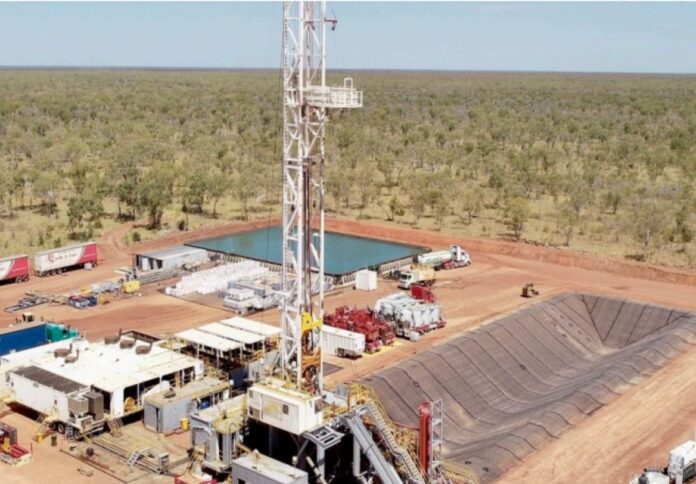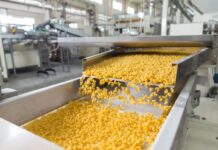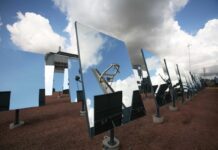
Australia’s national science agency CSIRO has published a report outlining options to mitigate and offset greenhouse gas emissions associated with the potential production and consumption of gas sourced from the Northern Territory’s Beetaloo Sub-basin.
CSIRO’s latest research, titled Mitigation and Offsets of Australia Life Cycle Greenhouse Gas Emissions of Onshore Shale Gas in the Northern Territory, addresses a recommendation of the 2018 Scientific Inquiry into Hydraulic Fracturing in the Northern Territory, which sought to understand potential GHG emissions from any onshore gas produced in the Northern Territory.
The Beetaloo Sub-basin is located southeast of Katherine in the Northern Territory and spans approximately 30,000 square km. The basin has been identified as a potential area for gas production, with estimated resources of similar size to other major gas-producing basins in Australia, such as the Surat Basin in Queensland and the Bonaparte/Browse basins in Western Australia.
CSIRO researchers used a series of production scenarios from 2025 to 2050 to calculate the estimated annual and lifetime emissions in the Beetaloo Sub-basin as there is currently no gas production onsite.
Four scenarios considered production of 365 PJ/year and one scenario of 1,130 PJ/year, with a variety of end-use cases for the shale gas. The estimated annual emissions associated with these scenarios range from 6.6 million tonnes (Mt) to 33 Mt CO2e/year. For comparison, Australia’s actual GHG emissions in the 12 months to March 2022 were 487.1 Mt CO2e.
Researchers found that the total lifetime emissions to be abated under the scenarios ranged from 164 Mt to 826 Mt CO2e.
Meanwhile, in terms of emissions integrity, gas delivered to Darwin was estimated at 8.85 kg of CO2e per gigajoule of raw gas input.
The research was conducted by CSIRO as part of GISERA, an alliance led by CSIRO that includes commonwealth, state, and territory governments and industry, to inform discussions around proposed onshore gas development in the region.




















